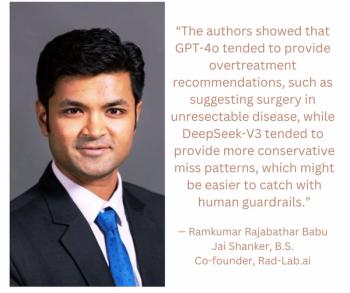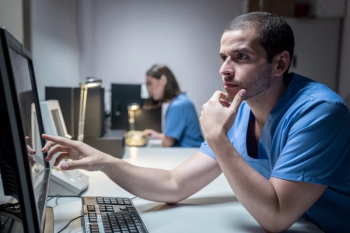
Mammography Study: Multi-Stage Use of AI for DBT Exams Yields Over 21 Percent Increase in Breast Cancer Detection
In a recent interview, Christoph Lee, M.D., discussed key findings from the ASSURE study, which evaluated the use of AI in detection and triage in a multicenter trial involving over 579,000 women who had digital breast tomosynthesis (DBT) exams.
Could a multi-stage AI-driven workflow lead to significant improvement in breast cancer detection with digital breast tomosynthesis (DBT)?
In the new multicenter ASSURE study, recently published in
In comparison to the standard of care, the multi-stage AI-driven workflow led to a 21.6 percent increase in breast cancer detection. In a recent interview with Diagnostic Imaging, study co-author Christoph Lee, M.D., noted that the multi-stage approach with AI demonstrated a consistent improvement in the cancer detection rate (CDR) across women of different races, ethnicities and breast densities.
“ … The AI-driven workflow actually detected just as many additional cancers in women with dense breasts versus (women with non-dense breasts. So it gives a level of hope for improved cancer detection among women with dense breasts,”pointed out Dr. Lee, a professor and vice chair in the Department of Radiology at the University of Wisconsin-Madison School of Medicine and Public Health.
While the multi-stage AI-enabled workflow had a 5.7 percent increased recall rate, Dr. Lee also noted a 15 percent increase in the positive predictive value (PPV).
“ … Yes, we are calling more women back with this program, but we're detecting more cancers because of it, and not leading to an inordinate amount of false positive results. So, the balance of risk versus benefits really tilts toward potentially more benefits with this multi-stage AI-driven workflow,” emphasized Dr. Lee.
(Editor’s note: For related content, see “
For more insights from Dr. Lee, watch the video below.
Newsletter
Stay at the forefront of radiology with the Diagnostic Imaging newsletter, delivering the latest news, clinical insights, and imaging advancements for today’s radiologists.




























